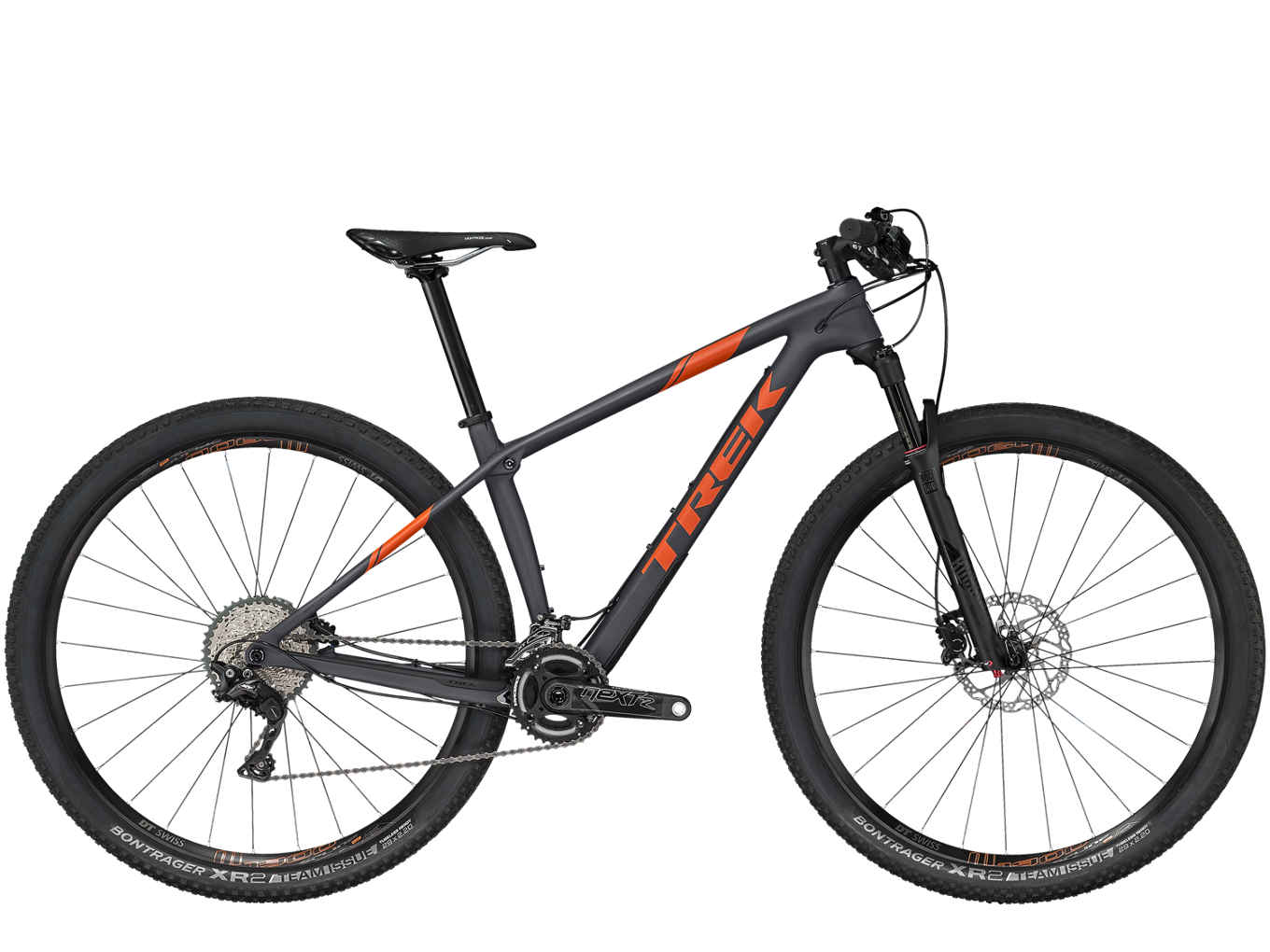I want a bike that will do it all.
I want a Sport Utility Bike.
I want a bike that’s comfortable enough to ride all day, sturdy enough to haul an overnight sack, big enough to fit a guy over six foot tall, and reliable enough to go months between tune-ups.
I’ve ridden full-suspension mountain bikes that are plush enough to handle the biggest drops. I’ve ridden minimalist track bikes that will tear cartilage and blow flats all day long. I’ve ridden beach cruisers that can be beaten daily without complaint. I’ve ridden road bikes that were fast on the hills but hard on the back and hands. I’ve ridden cargo bikes that can haul a toddler, a dog and a keg of beer. I’ve captained tandems and piloted pedicabs. I’ve been around the block more than once.
While all of those bikes were good in their own way, I need a Sport Utility Bike, a bike that I can ride on road and off, on both sunny summer days and drizzly winter nights, with gear and without. I need a bike that I can use for both delivering sandwiches around a flat, gridded college campus and for exploring backcountry Alaskan trails. I need a bike that is both sporty and practical.

Like many of the writers here at CampfireCycling.com, I ended up with a hardtail mountain bike, the SUVs of the bicycle world. Hardtail mountain bikes are incredibly rigid and reliable without the rear suspension of more expensive and complicated bikes. And, they are also adaptable to a multitude of purposes.

While many riders opt for a suspension fork up front, a rigid fork paired with a fat front tire can provide just as much comfort, with the added bonus of better traction from a wider footprint. Fat tires are less prone to puncture. They dampen the shock load for not only the rider, but for the bike as well. Less stress on welds, threads, and bearings means that components aren’t as likely to break and will last longer.

After breaking yet another frame with a lifetime warranty, I had an XXL Trek Procaliber aluminum frame to build my dream bike around. I installed my old favorites from a decade of Sport Utility Biking, with the help of my Local Bike Shop. Being a big guy who can fold mass-produced wheelsets with only a glance, I commissioned a custom set of wheels, hand-built by a grey-haired bike mechanic.

I dubbed my creation, “The Beast.” It’s the biggest, beefiest bike I’ve ever owned. A Surly Karate Monkey fork up front offers the simplicity of a rigid fork, the vibration dampening of steel, and the ability to mount fenders and racks around a tire twenty-nine inches tall and three inches wide. The Mavic 821 rims are nigh-invulnerable, and offer the flexibility of riding with tires from thirty five to seventy five millimeters wide (1.5″ to 3″). The Brooks Conquest saddle combines the suppleness of leather and the cushioning of steel springs. The Jones H Bar handlebars offer plenty of ergonomic positions for my big paws. The Ergon GP3 grips offer a stable platform that buffers my wrists from both chatter and hits. The Shimano Deore XT M8000 shifters pair with the Shimano XT M8000 brake levers into a reliable, tunable, minimal control station. The Shimano Deore XT 2×11 drivetrain offers enough gears to get up most any mountain and zip across any valley. Down the line, I’ll be installing detachable polycarbonate fenders and carry-all front racks. HYPERLINK THIS TO CATALOG.

I have a history of breaking frames. I bought my first 21″ aluminum Gary Fisher Rig circa 2005. A year later, I cracked the frame at the weld between the seat tube and the bottom bracket. But Gary Fisher frames are sold with a lifetime warranty, so I got it replaced with the same size frame. A year later, I broke that frame at the top of the seat tube. So I returned my second frame for the updated, “G2” design. While the new design was beefier, I still managed to crack the frame at the bottom bracket within a couple of years. I repaired my bike with a composite lug, using the skills I had learned to build bamboo bicycles at the Brooklyn Bamboo Bike Studio. And sure enough, I cracked the frame again, just below the seatpost collar, which I repaired and rode again. While competing in the Tidewater Mountain Bike Challenge, a fellow racer suggested that I return my frame for a new, unbroken one, and then upgrade it with a composite lug beforeit breaks. Sometimes the simplest solutions are never seen. I took his advice to heart, and before I ever pedaled The Beast, I wrapped the bottom bracket in synthetic paracord, polyurethane foam and epoxy. Combined with the latest design advances, I’m confident that I’ll be able to ride The Beast for at least five years without breaking it.

One bike to rule them all,
One cause to bind them,
One man to find them all,
And in the darkness bind them.
